What will recover from the cold?
AmyinOwasso/zone 6b
9 years ago
Related Stories
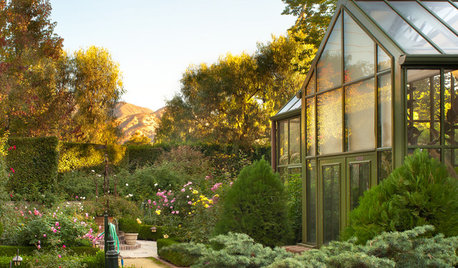
GREENHOUSESGreenhouses Bring Gardens in From the Cold
Get a jump start on summer plantings even if spring chills linger with a greenhouse or cold frames in your backyard
Full Story
ARCHITECTURE15 Smart Design Choices for Cold Climates
Keep your home safe and comfortable in winter by choosing the right home features and systems
Full Story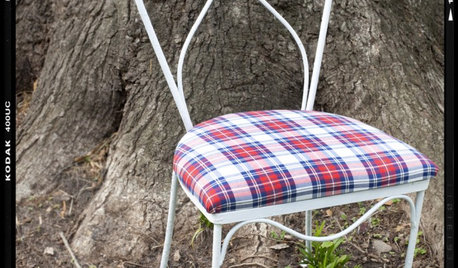
DECORATING PROJECTSDIY Project: How to Re-Cover a Seat Cushion
Makeover a chair with a cool new seat cover, no sewing required
Full Story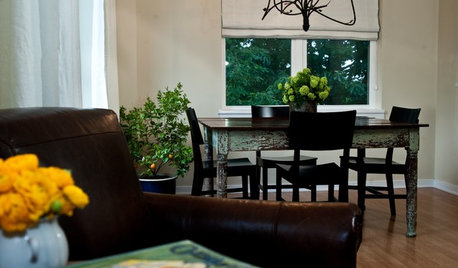
DECORATING GUIDESTop Tips From a Green Interior Designer
Ecofriendly homes can do more than tread lightly on the earth. They can be stylish and comfortable too, says this top-notch green designer
Full Story
WINTER GARDENINGExtend Your Growing Season With a Cold Frame in the Garden
If the sun's shining, it might be time to sow seeds under glass to transplant or harvest
Full Story
FEEL-GOOD HOMESimple Pleasures: Get Cozy on a Cold Day
Some things are best when the weather is bad. Heat up some cocoa and join the discussion
Full Story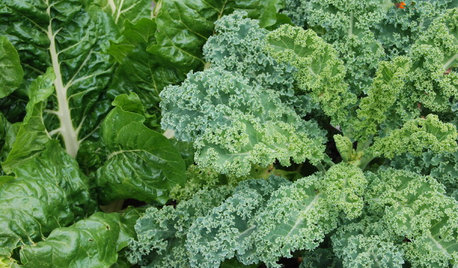
FALL GARDENINGFrost-Hardy Foliage That Loves a Cold-Climate Garden
When winter cuts a bleak swath through other plants, these edibles and perennials flourish brilliantly
Full Story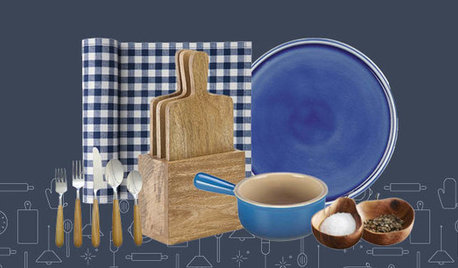
SHOP HOUZZShop Houzz: Comfort Meals for Cold Weather
Dine in with fondue, raclette or a nice hot bowl of soup
Full Story
LIFEHouzz Call: How Are You Handling the Record-Breaking Cold?
Share your tales, strategies and photos for everything polar vortex
Full Story
DECORATING GUIDESRooms We Love: A Mountain Retreat Made for Cold Winter Nights
Ample linen and Ushak carpets put a contemporary twist on cozy Appalachian style in a North Carolina show house
Full StoryMore Discussions






Okiedawn OK Zone 7
AmyinOwasso/zone 6bOriginal Author
Related Professionals
East Rancho Dominguez Landscape Architects & Landscape Designers · Fillmore Landscape Architects & Landscape Designers · Taylorsville Landscape Architects & Landscape Designers · Brentwood Landscape Contractors · Edmond Landscape Contractors · Caldwell Landscape Contractors · Elmhurst Landscape Contractors · Mahwah Landscape Contractors · Melrose Landscape Contractors · Merced Landscape Contractors · Four Corners Landscape Contractors · Fairfax Decks, Patios & Outdoor Enclosures · Fresno Decks, Patios & Outdoor Enclosures · Midwest City Decks, Patios & Outdoor Enclosures · White Bear Lake Decks, Patios & Outdoor EnclosuresOkiedawn OK Zone 7
AmyinOwasso/zone 6bOriginal Author